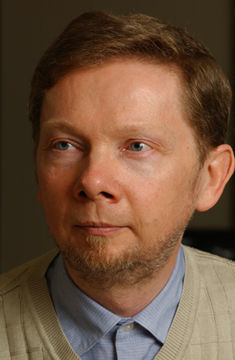Guided Meditation to Relax, Rejuvenate & Reform
With the practice of Yoga Nidra, every day you will become more sensitive to tension, and every day you will be better able to drop it.
Annie Payson Call, Power through Repose, Training for Rest
Sometimes called yogic sleep, yoga nidra is defined by some as “a kind of deep sleep in which you don’t lose consciousness.” As well as creating a more restorative state of relaxation, it is said that yoga nidra can relieve stress, frustration and insomnia as well as muscular, emotional and mental tensions. In short, in can help us all deal better with the stress of modern life.
Anadamurti Gurumaa
Yoga Nidra
Some related links to Yoga Nidra are presented below:
https://youtu.be/OXxJ6GS6za0
Yoga Nidra – Science, Benefits, Sankalpa & Practice
Advanced Yoga Nidra Meditation For Restful Sleep & Relaxation | Non-Sleep Deep Rest (NSDR)
https://youtu.be/RcXemRLVW1Q
Research-backed benefits of Yoga Nidra | Anandmurti Gurumaa (English)
https://www.youtube.com/watch?v=m-lB2cu092U




